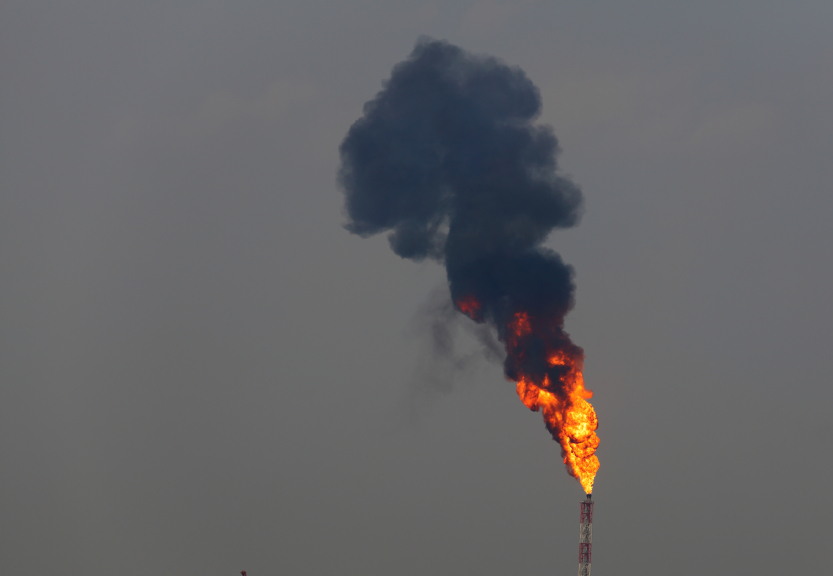
|
NIOSH first flagged the job of opening tanks to gauge fluid levels or draw samples – called “flowback operations” – as potentially deadly in May, 2014. Six workers died in 2014 performing flowback operations. If they didn’t die of natural causes, what exactly was it that killed them?
The Job Description
“Flowback,” in the oil and gas industry, refers to process fluids that are collected at the surface after hydraulic fracturing operations are completed. The fluids contain both the hydraulic fracturing fluids, and volatile hydrocarbons. The fluids are separated, with liquid hydrocarbons routed to production tanks and remaining flowback fluids sent to temporary storage in tanks or surface impoundments (lined pits, ponds) at the well site.
With environmental compliance regulations and employee issues on the rise, it’s more important than ever to minimize your risk and increase operational efficiencies. Join this free webinar on 11/18 and learn more!
Workers monitor fluid levels in both flowback and production tanks using hand-held gauges (sticks and tapes) inserted through access hatches (called “thief hatches) located on the top of the tank. To reach that point, they climb up to a narrow catwalk strung between the thief hatches along the tops of the tanks. It’s at that point in the process – when the tanks are opened for gauging and sampling – that workers are dying. So that’s the point where the hazardous exposure is presumed to take place. But one of the problems in identifying the exposure has been that often, these workers are on top of the tanks alone.
An Invisible Killer
Between May, 2014 and June, 2015, NIOSH investigated nine identified cases of worker deaths during flowback operations. The first potential culprit NIOSH looked for was hydrogen sulfide (H2S), because it is a well-recognized toxic exposure hazard associated with oil and gas extraction and production. NIOSH has now ruled out H2S exposure as a culprit in these cases – although the chemical remains a well-known hazard in other operations within the industry.
Their suspicions then turned to the volatile hydrocarbons inside the tanks. At one time, the bulk of these hydrocarbons would have been vented to the atmosphere, but in 2012 the Environmental Protection Agency changed its rules. Oilfield operators are now required to capture hydrocarbons coming out of well sites instead of just venting them. Capturing the hydrocarbons may have created or intensified the current problem: the hydrocarbons now collect inside the tanks, under pressure, and are released in an invisible plume when workers open gauging and sampling hatches.
Join us for a free webinar on November 18 when a veteran EHS consultant with direct experience in confined spaces on construction sites will brief you on your compliance obligations under the new confined spaces in construction rule and a seasoned marketing manager from Dräger will reveal emerging gas-detection technology to help keep workers safe! Join now!
That plume has the potential both to displace oxygen, and to be acutely toxic. Volatile hydrocarbons can affect the eyes, respiratory system, and nervous system; at high concentrations they can cause abnormal heart rhythms. Not all workers are killed by the exposure; when it began looking into the problem, NIOSH found that tank workers frequently reported symptoms of exposure that included dizziness, fainting, headaches, and nausea when they opened the thief hatches to do their jobs.
Tomorrow, we’ll look at some recommendations for controlling worker exposures to volatile hydrocarbons during flowback operations.
